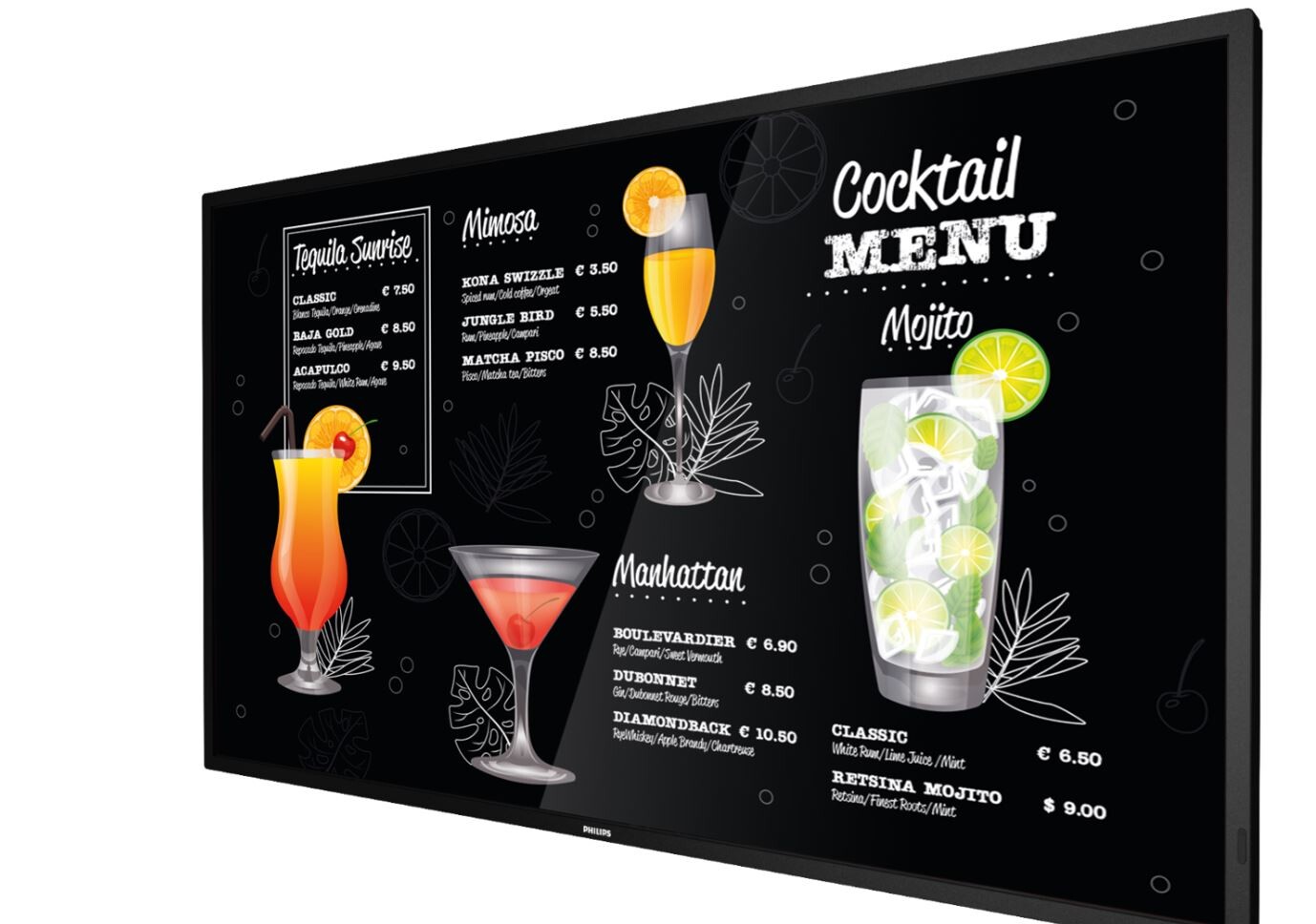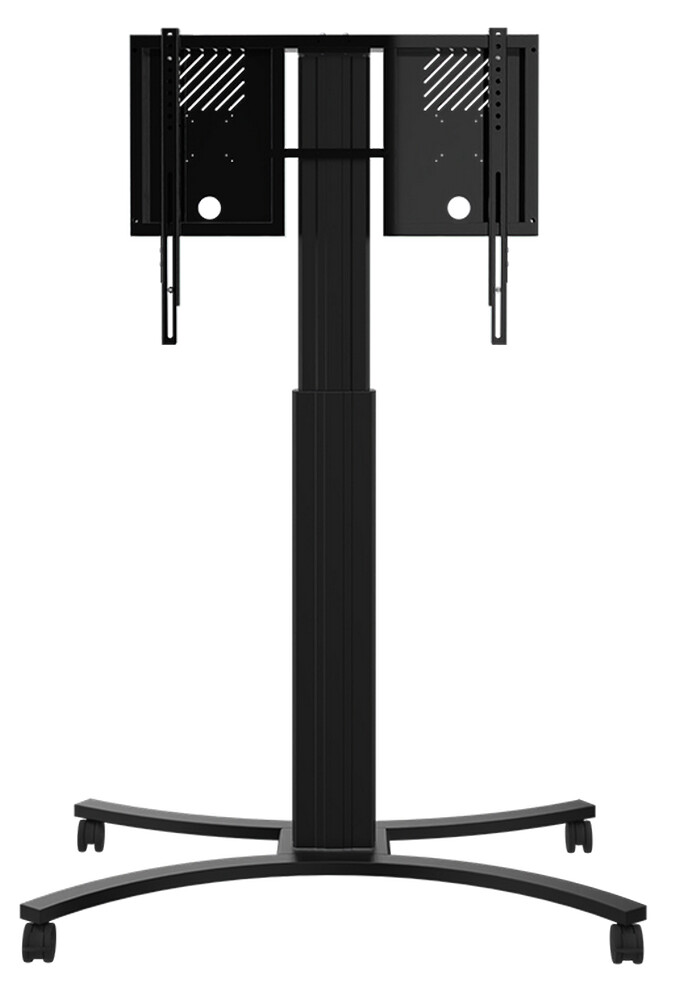



















£1,432.22*
- Resolution 3840 x 2160 4K UHD
- Max. Brightness 750 cd/m²
- Panel type VA
- Contrast Ratio 500,000 :1


Frequently purchased together
Product information
Performance and flexibility
The robust Philips P-Line digital signage display is designed to operate around the clock and withstand the test of time. Clear UHD image quality and high brightness make it perfect for demanding environments such as retail, transportation and food and beverage.
Bright content with end-to-end performance.
- 127 cm (50")
- UHD display
- 750 cd/m²
Operate, monitor and manage with CMND & Control
Operate your monitor network via a local area network (LAN) connection. With CMND & Control, you perform important functions such as controlling inputs and monitoring monitor status. Whether you are responsible for one monitor or 100.
D-display: clinically accurate imaging
This professional Philips monitor is factory calibrated to meet clinical compliance standards for greyscale performance. The optimal image achieved by the monitor can be used to review medical images in consultation rooms or lecture theatres.
FailOver ensures content is always played back
Whether in a waiting room or a conference room, you will never see a blank screen with FailOver. With FailOver, your Philips professional monitor automatically switches between primary and secondary inputs. So content continues to play even if the primary source fails. Simply set a list of alternative inputs so your content will always play.
Raffiness and intelligence with SDM-L
An integrated Intel Smart Display Module (large) provides a scalable, refined display for your screen and allows for quick and cost-effective upgrades when you need to add new features. The slim design offers the same intelligence and interoperability as OPS, while keeping the display as narrow as possible.
Technical data
| Name | Philips 43BDL3117P/00 50" Display |
|---|---|
| Article number | 1000029315 |
| GTIN/EAN | 8712581778729 |
| Manufacturer SKU | 50BDL3117P/00 |
| Model name | 43BDL3117P/00 |
| Brand | Philips |
| Product Type | Non-Touch Display |
| Technology | LCD |
| Panel type | VA |
| backlight | Direct-LED |
| Resolution | 3840 x 2160 4K UHD |
| Diagonal | 50" |
| Aspect Ratio | 16:9 |
| Viewing angle - Horizontal | 178° |
| Viewing angle - Vertical | 178° |
| Contrast Ratio | 500,000 :1 |
| Screen finish | Matt |
| Max. Brightness | 750 cd/m² |
| run-time | 24/7 |
| Response time | 8ms |
| Refresh Rate | 60Hz |
| Support - VESA | 400 x 400 |
| Frame width | 14.9 mm |
| Inputs | 1x DVI-D , 1x Displayport , 1x USB-A , 3x HDMI |
| Outputs | 1x 3,5mm Jack , 1x Displayport , 1x HDMI |
| Features | Integrated speaker |
| Product width | 112.84 cm |
| Product height | 64.9 cm |
| Product depth | 7.68 cm |
| Weight | 13.94 kg |
| Colour | Black |
| EEK Spectrum | A to G |
| Delivery contents | Power cable , RS232 cable , Remote control |
| Condition | New |
| Warranty | 36 Month |
| Warranty type | Onsite Repair Service and support information |
Product safety
| Person responsible for the EU |
|---|
| Philips Consumer Lifestyle B.V. |
| High Tech Campus 52 |
| 5656 AG Eindhoven |
| Netherlands |
| Unternehmenskommunikation@philips.com |













